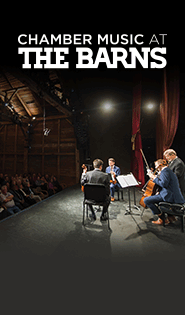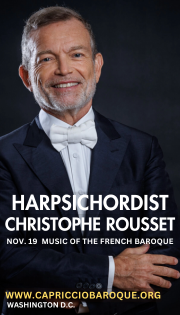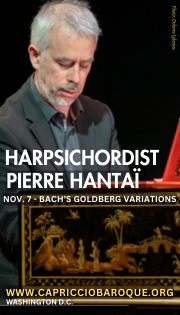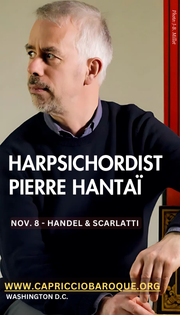Opera Lafayette unearths a compelling discovery with Gaveaux’s “Léonore”
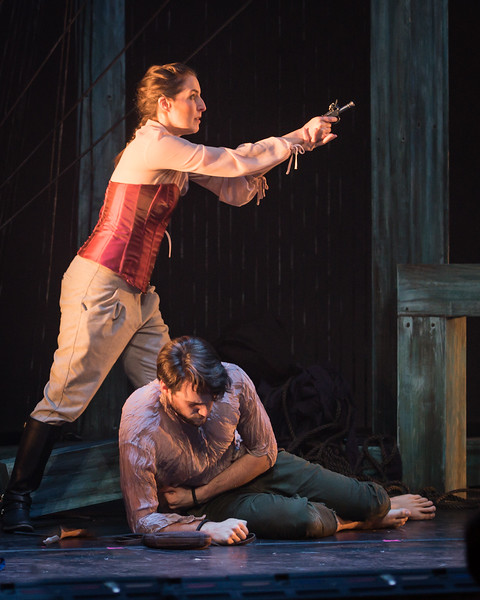
Kimy Mc Laren and Jean-Michel Richer in Pierre Gaveaux’s “Léonore, ou L’amour conjugal” at Opera Lafayette. Photo: Louis Forget
Opera Lafayette continues to unearth historical curiosities from the 17th and 18th centuries. On Sunday afternoon the ensemble gave the modern premiere of a long-lost French work at Lisner Auditorium. It turns out that Léonore, ou L’amour conjugal by Pierre Gaveaux, familiar as the source work for Beethoven’s Fidelio, deserves to be known on its own account.
Set to a libretto by Jean-Nicolas Bouilly, the work enjoyed some success after its premiere at the Théâtre Feydeau in 1798 — and Sunday’s performance marked the occasion, 219 years to the day. Gaveaux’s training as a boy chorister at the Cathedral of Béziers had included composition as well as singing. He arrived in Paris just before the French Revolution broke out, and in addition to singing in operas as an adult tenor, he composed over thirty operas.
One knows the story from Beethoven, of a faithful wife who dresses as a man to infiltrate the state prison where her husband is held in secret as a political prisoner, possibly based loosely on the imprisonment of the Marquis de Lafayette. According to the tradition of the opéra comique, comic subplots coexist with the serious narrative. Gaveaux’s score, available online from the Bibliothèque Nationale de France, sounds uncannily like the work of the young Beethoven, especially in the dramatic overture, punctuated with sforzando accents and heroic motifs.
Gaveaux wrote the part of Florestan, the political prisoner, for himself to sing. On Sunday the role suited the voice of Canadian tenor Jean-Michel Richer, who produced a strong, pleading sound in his fine company debut. The aria at the character’s first appearance, spotlit in his shackles to open the second act with a slow aria, was especially striking.
Canadian soprano Kimy Mc Laren was less bold in the title role, but dramatically compelling in voice and stage presence. Léonore’s entrance aria is also a slow, affecting piece, and Mc Laren’s floating sound on the high notes pulled stirred the emotions. Bass Tomislav Lavoie, another Canadian making a strong company debut, displayed a forceful sound as the jailer, Roc, but tended to rush the beat, especially in the prison trio with Léonore and Florestan.
Soprano Pascale Beaudin brought a pleasing delicacy to the role of the jailer’s daughter, Marceline, generally reserved but with some breakout moments at the top, not unlike her performance in the company’s performance of Les Femmes vengées in 2014. Her opening Séguidille, a reminder that Bouilly has set the action in Spain, charmed the ears, a bit at odds with the dreary prison around her.
Canadian tenor Kevin Geddes made a bumbling Jacquino, a loyal puppy dog who refused to give up on his love for Marceline, even though her father plans to marry her to Fidélio, the disguised Léonore. Dominique Côté’s cartoonishly evil Dom Pizarre, a spoken role, was balanced by the Enlightenment sagacity of Alexandre Sylvestre as the wise Dom Fernand, who sets all to right at the end. A chorus of eight men, small but valiant, sang the prisoners’ chorus that brings the first act to a dramatic conclusion. Neither this piece nor Gaveaux’s Act II final ensemble can hold a candle to their counterparts in Beethoven’s Fidelio, but the opera as a whole is a worthy forerunner.
Ryan Brown conducted a strong performance from his orchestra of period instruments, greater in number than usual with Gaveaux’s use of pairs of trumpets, oboes, bassoons, and clarinets. The opera’s signature sound, heard at most of the dramatic moments, came from a pair of natural horns. Their authentically rough sound included some notes produced through hand-stopping in the bell, which creates a dampened tone, a horn sound largely forgotten after the addition of valves to the instrument.
Director Oriol Thomas oversaw a savvy production, with acting direction that made the characters sympathetic and realistic. The only misstep was to have Léonore strip off her uniform to reveal a red dress underneath, an overly dramatic gesture that predictably drew laughs from the audience. The sparse set by Laurence Mongeau, an abstraction of lines created by beams and ropes, created an appropriately somber mood, but its lack of back or side walls did little to project the smaller voices in the cast. The costumes, also designed by Mongeau, placed the action in the 18th century, with black, fascist overtones for Dom Pizzare and his agents hinting at later examples of tyranny.
Léonore will be repeated 7:30 p.m. Thursday at John Jay College’s Gerald W. Lynch Theater in New York. operalafayette.org/leonore
